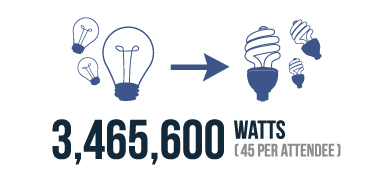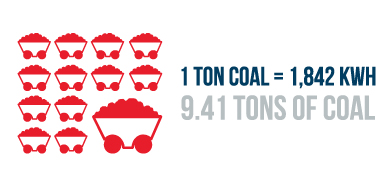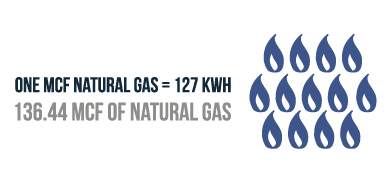Super Bowl XLIX will take place this February at University of Phoenix Stadium in Glendale, Arizona. The NFL as an organization advocates for responsible environmental stewardship, encouraging teams and facilities to operate in the most sustainable and eco-friendly ways. The NFL also hopes to bring energy and the environment to the forefront at all of its events, including the Super Bowl.
The NFL is in the midst of a 15-year environmental program for the Super Bowl. Each host community for the big game works with the NFL and local partners to implement sustainability projects at the stadium, during the game, and throughout the community. The NFL and the host cities for each Super Bowl focus on five major items: solid waste management, material reuse, food recovery, equipment and book donations, and greenhouse gas reduction.
University of Phoenix Stadium boasts a full-scale cardboard, glass, and plastics recycling program in and outside of the stadium. Fans who come to tailgate are given complimentary recyclables bags to encourage their participation. The stadium seats themselves are even made from recycled plastic material! Water is also a major concern in the area, and the stadium uses water saving, dual flush handles in all of its restrooms. The stadium and local utility provider SRP have teamed up to provide green energy for the entire game. SRP’s green power provision for the Super Bowl will include a mix of solar, hydropower, wind, geothermal, and landfill gas. Finally, the stadium has recently overhauled its lighting system. The stadiums new high-output LED lighting system, unveiled this fall, cut wattage requirements by 300%, while increasing light output by 277 foot candles!
Super Bowl XLIX has already covered many of the themes of the NFL’s environmental program. How could they go further? What about the fans? It is expected that up to 72,200 fans will attend Super Bowl XLIX in Arizona. Since the stadium has changed their bulbs, lets suppose the fans could do the same
- Each fan in attendance is likely to leave on at least one lamp, porch light, or hall light in their home or hotel room. (72,200 light bulbs ON)
- If each person in attendance traded in a 60-Watt incandescent light bulb for an LED bulb with the same light output in lumens, they would save each save 48 watts for a total of :
- 3,465,600 Watts (60 watts vs. 12 watts, savings = 48 watts)

- If each person is gone for at least 5 hours, that is 17,328 kilowatt-hours saved.
- According to the EIA, one ton of coal produces 1,842 kWh of electricity. Switching those bulbs for each fan would add up to a savings of 9.41 tons of coal!

- OR, one Mcf of natural gas produces 127 kWh of electricity. Switching those bulbs for each fan would add up to a savings of 136.44 Mcf of natural gas!

- One kwh of electricity releases 1.33 pounds of carbon dioxide into the atmosphere. If the fans were able to save 17,328 kWh, it would keep 23,046 pounds of carbon dioxide out of the atmosphere!
While we’re still unsure who will take home the trophy for the Super Bowl. But, which NFL team takes home the trophy for being the most “green”? For the Philadelphia Eagles, its easy being green on and off the field. Read more about the amazing Go Green initiative in Philadelphia, the NFLs greening policy, and what other stadiums are doing to go green! http://www.nfl.com/news/story/09000d5d8205a0e7/printable/nfl-green
.jpg)
